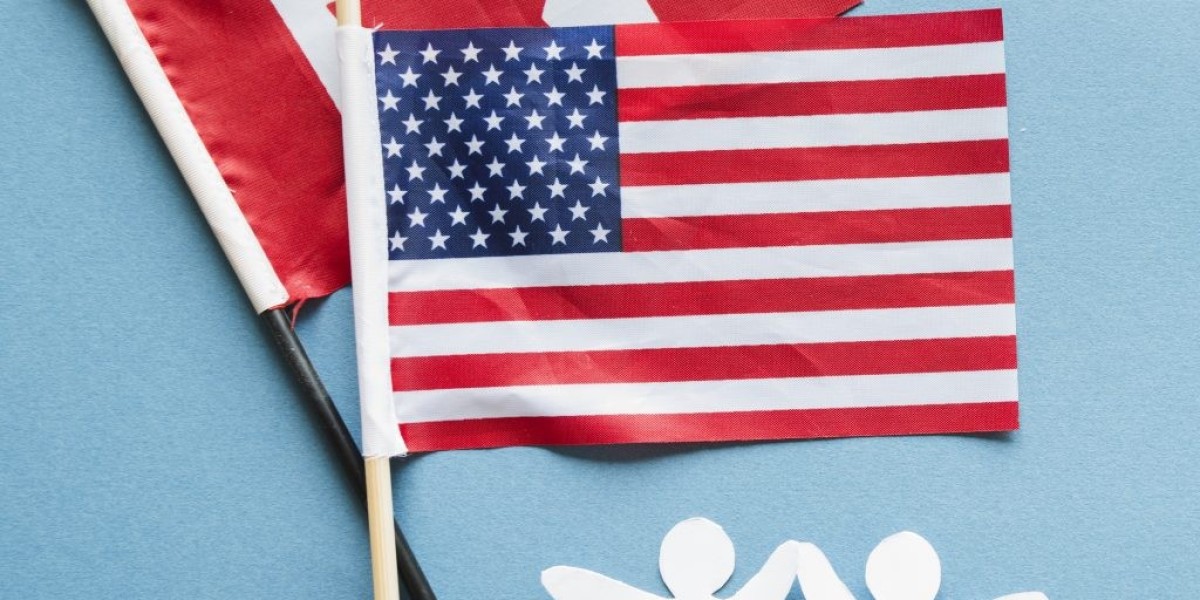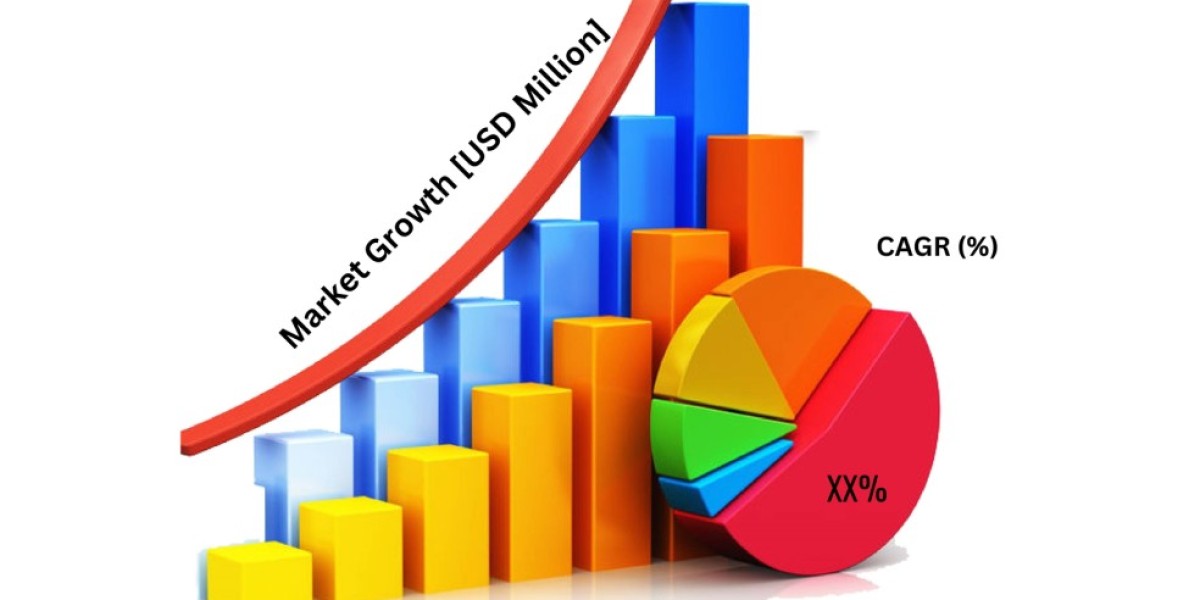Though Canada and the United States share a border and many cultural similarities, their holiday traditions reveal interesting differences that reflect each country’s unique history and values.
From Thanksgiving to Christmas, both nations celebrate familiar holidays, but the way these celebrations unfold varies, offering a glimpse into the distinct identities of Canadians and Americans.
1. Thanksgiving: Timing and Tradition
One of the most noticeable differences between the two countries is the timing of Thanksgiving. In Canada, Thanksgiving is celebrated on the second Monday of October, whereas in the United States, it falls on the fourth Thursday of November. The earlier Canadian celebration aligns with the end of the harvest season, reflecting the country’s agricultural roots and colder climate. American Thanksgiving, on the other hand, is tied more closely to the Pilgrims and the 1621 feast in Plymouth, Massachusetts.
When it comes to traditions, both countries focus on family gatherings and a large meal, often featuring turkey. However, Americans typically make Thanksgiving a bigger cultural event, complete with football games, massive parades like the Macy’s Thanksgiving Day Parade, and Black Friday shopping sprees. In Canada, the holiday is generally more low-key, focused on family, food, and gratitude, with fewer commercialized elements.
2. Christmas: Subtle Differences
Christmas is widely celebrated in both Canada and the U.S., but regional and cultural differences add flavor to the festivities. In Canada, the holiday season is often marked by British and French influences, reflecting the country’s diverse heritage. For example, Boxing Day (December 26) is a significant event in Canada, where people enjoy an extra day off and participate in post-Christmas sales. In contrast, Boxing Day is less commonly observed in the U.S.
Canadian Christmas celebrations also feature winter sports like ice skating and hockey, taking full advantage of the colder weather. While Americans in northern states enjoy similar activities, Christmas traditions in warmer regions like California or Florida might look entirely different, with holiday decorations accompanied by palm trees rather than snow-covered evergreens.
3. Civic Holidays: Canada Day vs. Independence Day
Canada Day (July 1) and Independence Day (July 4) are both patriotic holidays, but their celebrations highlight different national histories. Canada Day celebrates the country’s peaceful confederation in 1867, while Independence Day marks the United States’ declaration of independence from Britain in 1776, achieved through revolution. Both holidays are marked by fireworks, parades, and national pride, but Canada Day tends to be more modest, while Independence Day is often accompanied by large parties, barbecues, and grand fireworks displays across the country.
Bridging Cultural Gaps
While these holiday contrasts show the distinct identities of Canada and the U.S., the similarities also reveal their shared values of family, community, and gratitude. For those navigating between these cultures, certified translation services like The Spanish Group are invaluable. Whether you’re translating documents for immigration, business, or personal reasons, The Spanish Group ensures that your needs are met with professionalism and accuracy. Cultural differences aside, both Canadians and Americans rely on clear communication, and certified translations can help bridge any linguistic gaps.
Original source: https://thespanishgroup.org/blog/cultural-contrasts-canadian-vs-american-holiday-celebrations/









